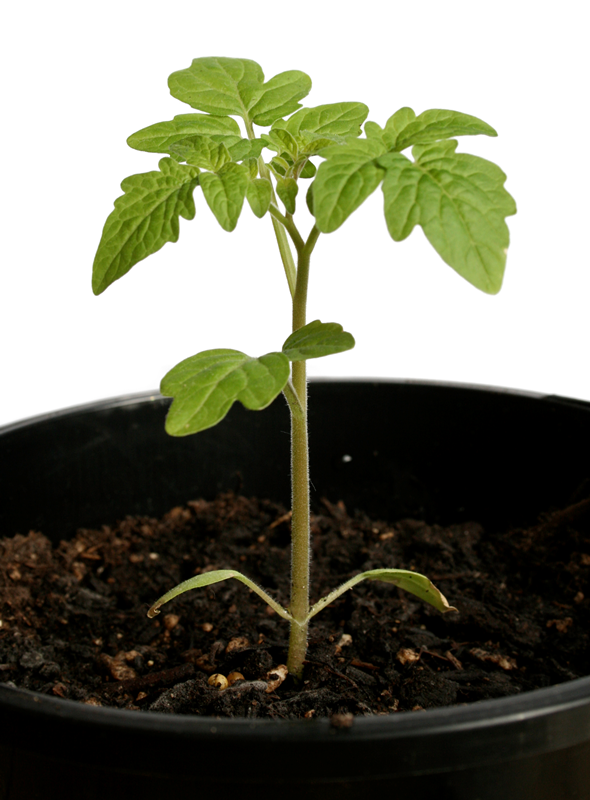Tomatoes are the most popular crop grown in home vegetable gardens in Spring – but the big question is, when should they be planted?
If you are in a frost free zone, then there is less clear demarcation between Winter and Spring – so old gardening myths like “6 weeks after the last frost” don’t really help. We have to check for other signals such as soil temperature. Warm soils are a key requirement for successful establishment of Tomatoes, both for seed germination and root development.
If you have a probe type thermometer, you can easily check soil temperature. It can be interesting to check weekly and see how it starts to increase through September.
I recommend waiting for top soil temperatures to reach at least 18°C before putting the Tomatoes into the ground.
Early, Mid and Late Season Varieties
A variety is a uniquely different type of plant within the same species. Tomato varieties differ in fruit size, colour, flavour, hardness, shape, arrangement, and texture. They also vary in growth type, bush or vine height, and flowering times.
As well as all the variations in their looks and habits, they can also be classified or grouped according to when they start flowering and producing fruit – or the number of days from seed germination to fruiting.
Early Varieties include Apollo, Tiny Tim, Burnley and Green Zebra.
Mid Season Varieties include Ox Heart, Beef Steak, Roma, and Black Russian.
Mid to Late Season Varieties include Grosse Lisse, Tommy Toe
When to plant Tomatoes?
I find that late September (AFL Grand Final weekend) through to mid October is best. I typically plant Tommy Toe and Black Russian which are both mid to late season varieties and suit this timing.I prefer to start my Tomatoes from seed, and pot them up and allow them to grow to the 3 to 4 sets of leaves stage before putting them out in the garden bed. I raise the seed indoors, and keep seedlings in a warm place – gradually giving them exposure to cold air in the week before planting.
Preparing for Tomato Planting
Position: It is a good idea to rotate the spot where you grow Tomatoes each year, to reduce the impact of soil borne diseases and viruses. Though with the use of improved disease resistant varieties this is less of an issue.
Soil: Tomatoes need a well draining loamy soil with lots of organic matter. If your garden bed needs preparation, allow time for the addition of compost and aged sheep manure prior to planting time.
Can I get a head start?
Don’t be fooled into thinking that the sooner you get your Tomatoes into the ground, the sooner you are going to get fruit. I have experimented with this, and the only way to increase your chances of harvesting lots of fruit early in December is to use cloches and protective screens to add warmth. This can take a lot of effort and coddling of the plants, which you can avoid by waiting a few extra weeks.
Cloches are a plastic covering, that retains warmth – the risk in using these is that if you get a really hot Spring day and forget to remove the cover, the plant will get cooked!
Growing your Tomatoes from seed indoors allows you to get them started in September, for planting in October. Growing from seed also gives you greater control over the hardiness of the Tomato – as you can pot them on to larger growing containers, and expose them to colder and more variable temperatures over time (a gardening technique known as hardening off).
When is it too late to plant Tomatoes in Adelaide?
You can plant late varieties as late as January, but to get the full harvest they will need a protected environment from March as the nighte become cooler. This can be achieved by placing a piece of polycarbonate over the crop, or creating a tunnel with plastic.
** Please keep in mind that I am always writing for the Temperate climatic zones of Australia **
